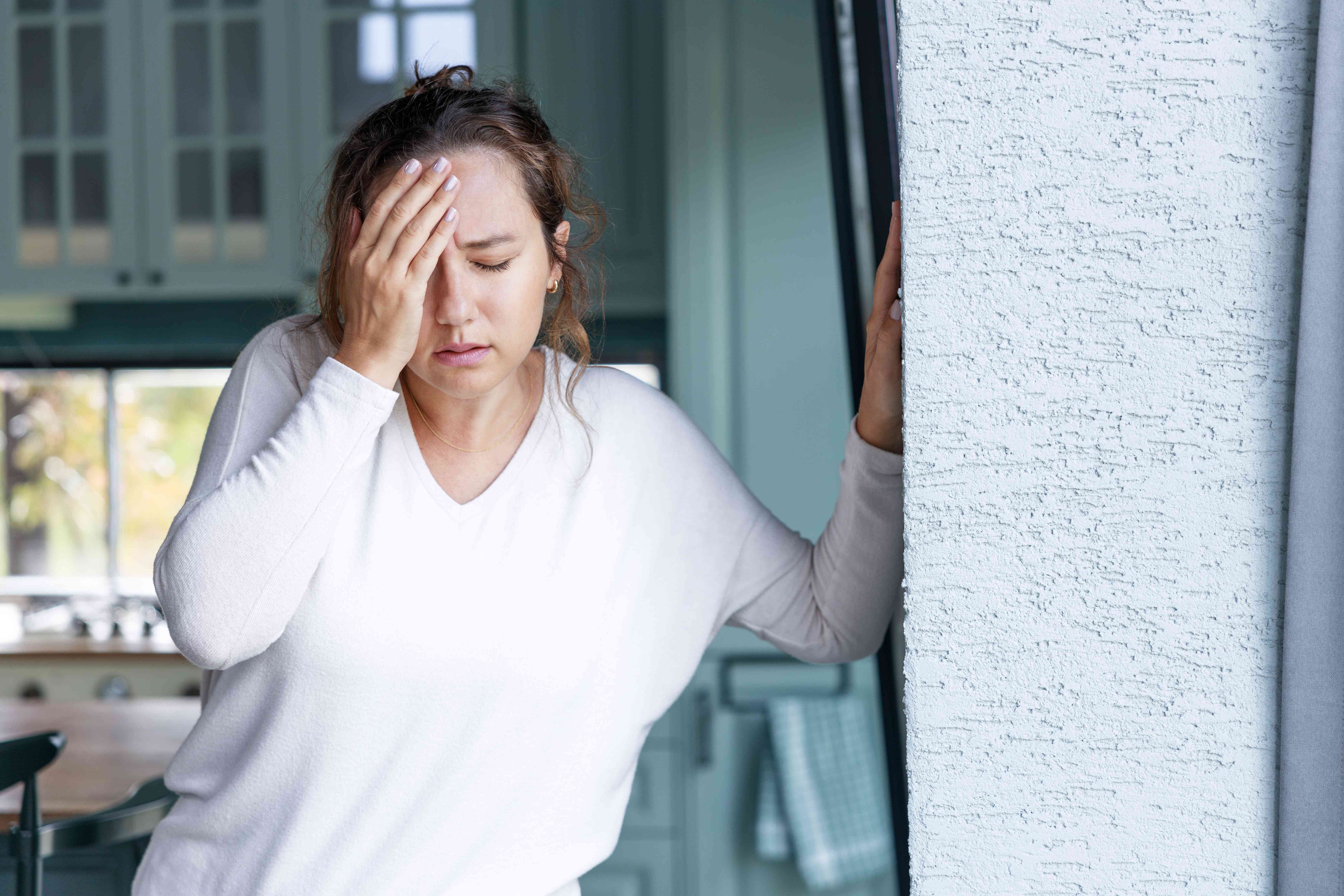New CDC Report Shows Strokes on the Rise Among Younger Adults—What's Behind the Increase? Here's what's behind the increase, as well as what you can do to reduce your risk of having a stroke

A CDC report found that the prevalence of stroke among younger adults increased by about 15% among Americans younger than 65
- The rate of young people having strokes has increased, according to a new CDC report.
- Researchers pointed to more young people having obesity and hypertension as a reason for rising numbers.
- You can mitigate your risk of stroke by making lifestyle changes, such as exercising regularly and eating a diet rich in fruits and vegetables.
More young people are having strokes, according to a new report from the Centers for Disease Control and Prevention (CDC).
The CDC found that, compared to rates from about a decade ago, the risk of stroke has increased by about 15% among Americans younger than 65. While adults 65 and older still have the highest rate of strokes, their incidence of stroke remained steady across the same time frame.
The report, published in Morbidity and Mortality Weekly Report. points to an increase in stroke risk factors such as obesity and type 2 diabetes in younger adults as the reason for the rising numbers.
“This trend is certainly alarming and one we have also noticed in our own practice,” Charles Matouk, MD, an associate professor of neurosurgery and chief of neurovascular surgery at Yale School of Medicine who was not involved with the report, told Health.
Here’s what you need to know about the report, including how to reduce your stroke risk.

eternalcreative / Getty Images
What Is a Stroke, Exactly?
A stroke is a medical emergency characterized by acute neurological symptoms. There are two main types: ischemic stroke and hemorrhagic stroke.
An ischemic stroke, often called a brain attack, occurs when a clot, usually traveling from somewhere else in your body, like your heart, blocks a brain artery. It accounts for nearly all stroke cases. A hemorrhagic stroke, on the other hand, happens when a blood vessel in the brain ruptures.
A stroke can affect every part of the body, Matouk said. However, a key feature is that symptoms come on suddenly. These abrupt changes can include new numbness or weakness on one side of the body, trouble speaking or understanding speech, confusion, loss of balance and coordination, and vision loss. Severe headaches with an unknown cause can also be a sign.
While the symptoms of a stroke are generally the same for men and women, some studies have shown that women are more likely to experience non-traditional stroke symptoms such as generalized weakness, mental status changes, headache or migraine, and loss of consciousness.
More Strokes Among the Young
For the CDC report, researchers compared self-reported health data from 2011 to 2013 to information collected between 2020 and 2022. They found that the prevalence of stroke among people aged 18 to 44 and 45 to 64 increased by 14.6% and 15.7%, respectively.
During the same period, overall stroke prevalence increased by 7.8% nationwide.
Rates increased for both men and women. The rate rose the most for Native Hawaiians/Pacific Islanders (52.3%), followed by those who were Hispanic (16.1%), Black (7.8%), and White (7.2%). The rate fell for people who are American Indian/Alaska Native (-2%) and Asian (-11.8%).
Adults with less than a high school education saw the single largest increase in stroke prevalence of any other group, at 18.2%, and 10 states saw a statistically significant increase as well.
Although stroke rates among the young have increased, it’s still relatively uncommon for younger adults to have a stroke—the chances of someone aged 18 to 44 having one is 0.9%. That percentage rises to 3.8 for someone who’s 45 to 64.
What’s Behind the Increase?
“The increased prevalence of adults reporting that they had a stroke could indicate increased stroke survival due to improvements in stroke treatment and care,” Omoye Imoisili, MD, report author and medical officer at the CDC’s Division of Heart Disease and Stroke Prevention, told Health. “However, this increase in stroke prevalence also corresponds with increases of other cardiovascular risk factors” over the past couple of decades.
Those risk factors include obesity, hypertension, high cholesterol, diabetes, and heart disease.
Over time, these conditions cause harmful deposits to form in your blood vessels, making it more difficult for enough blood to flow through your arteries. This increases the risk that a deposit will break off and form a clot that will travel to the brain, resulting in a stroke.
An increase in behaviors such as smoking, being sedentary, and using alcohol excessively, could also account for the increase in stroke frequency among young people, Matouk added. These lifestyle habits can raise the risk of developing chronic conditions that can lead to stroke.
How to Prevent and Respond to a Stroke
While you can’t control some factors that raise your odds of having a stroke, such as genes, others can be adjusted to help reduce your risk.
Regular exercise can lower your chances, as can eating a diet low in sugar and salt and rich in fruits and vegetables. You also want to avoid smoking or quit if you’ve already started.
Matouk stressed the importance of managing chronic conditions such as obesity or diabetes with the help of your primary care physician.
If you suspect that you or someone you’re with is having a stroke, it’s crucial to “call 911 immediately,” Brandon Giglio, MD, a vascular neurologist and director of vascular neurology at NYU Langone Health, told Health. “There are treatments for strokes, but they are most effective and only safe within several hours of symptoms beginning,” he said.
Added Matouk: “While strokes are on the rise for all age groups, prompt recognition and immediate medical attention can tremendously improve the outcome and reduce future disability of a stroke.”
This story originally appeared on: Health News - Author:Lauryn Higgins


















